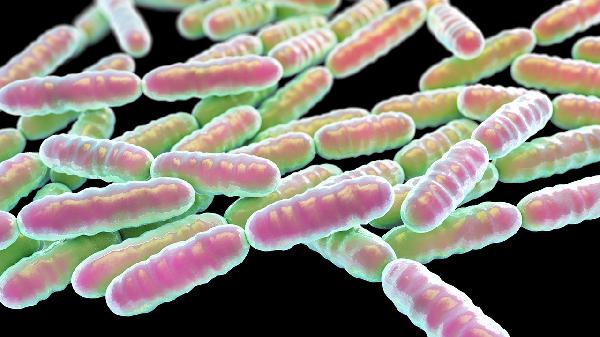Salt water might just become the next big thing in hydration—if we can figure out how to make it safe to drink. With freshwater resources dwindling and climate change messing with our usual supply, turning to the ocean for a sip seems like a no-brainer. But chugging straight seawater? Yeah, that’s a fast track to dehydration city. Luckily, science has our backs with some clever ways to make salt water drinkable, from high-tech desalination plants to DIY survival hacks. Let’s dive into how we can turn that briny ocean water into something your body won’t reject like a bad Tinder date.

Your kidneys are basically the bouncers of your body, filtering out waste and keeping your fluids balanced. When you drink seawater, which is about 3.5% salt, your kidneys freak out because they can’t process that much sodium. Instead of hydrating you, your body goes into overdrive trying to flush out the excess salt, peeing out more water than you took in. The result? Dehydration, nausea, and in extreme cases, organ failure. Not exactly refreshing. That’s why civilizations throughout history—from ancient sailors to desert nomads—figured out ways to remove or dilute salt before drinking. Survival 101: don’t let the ocean trick you into thinking it’s your friend.
Enter desalination, the process of stripping salt out of seawater so it’s safe to drink. Large-scale plants, like those in California or the Middle East, use reverse osmosis—a fancy way of saying they force water through super-fine membranes that block salt molecules. It’s effective but energy-hungry and expensive, which is why it’s not the default solution everywhere yet. There’s also thermal desalination, where seawater is boiled, and the steam (now salt-free) is collected as freshwater. Both methods leave behind super-salty brine, which can mess with marine ecosystems if dumped carelessly. Scientists are working on greener ways to handle the byproduct, like mixing it with wastewater before releasing it. So while desalination isn’t perfect, it’s a lifeline for places where freshwater is scarcer than a quiet coworker in an open office.
If you’re stranded on a desert island (or just really into prepping), there are simpler ways to desalinate water without a multimillion-dollar plant. Solar stills are a classic: you dig a hole, place a container in the center, cover it with plastic, and let the sun evaporate seawater. The condensation drips into your container as freshwater, leaving salt behind. Another option is boiling seawater and catching the steam in a clean cloth—labor-intensive but effective. For backpackers, portable desalination straws or hand-pump filters can turn small amounts of saltwater into drinkable H2O in a pinch. Just don’t expect these methods to keep up with your hydration needs during a marathon. They’re more “emergency use only” than “daily driver.”
Researchers are cooking up wild new ways to tackle desalination’s biggest hurdles—cost and energy use. Graphene filters, for example, could make reverse osmosis way more efficient by allowing water molecules through while blocking salt with microscopic precision. There’s even work on “forward osmosis,” where a sugary solution pulls freshwater out of seawater naturally, no high-pressure pumps required. And in the “why didn’t we think of that?” category, scientists are exploring how mangrove trees filter salt for inspiration. If these innovations pan out, we might see small-scale, affordable desalination units everywhere from cruise ships to drought-hit farms. The dream? Turning the ocean into an all-you-can-drink buffet without wrecking the planet.
So, is salt water the next drinkable resource? Absolutely—but only if we treat it right. Between high-tech plants, survivalist tricks, and futuristic science, humanity’s getting closer to cracking the code. Until then, maybe stick to tap water unless you’ve got a solid plan (or a death wish).
























